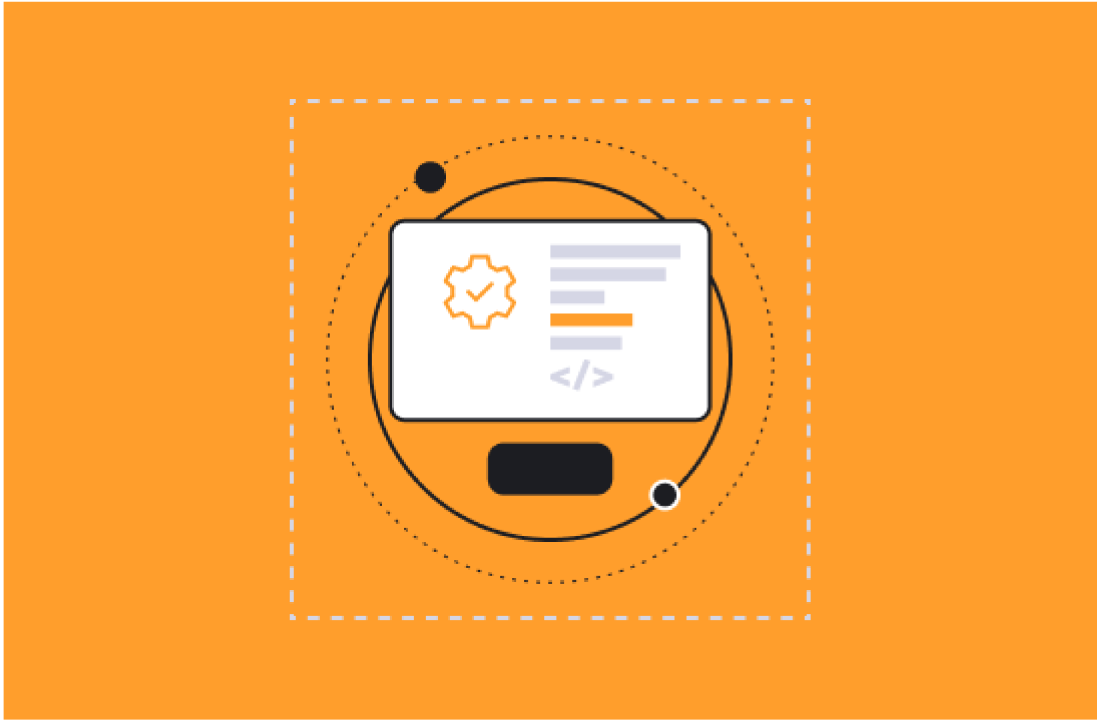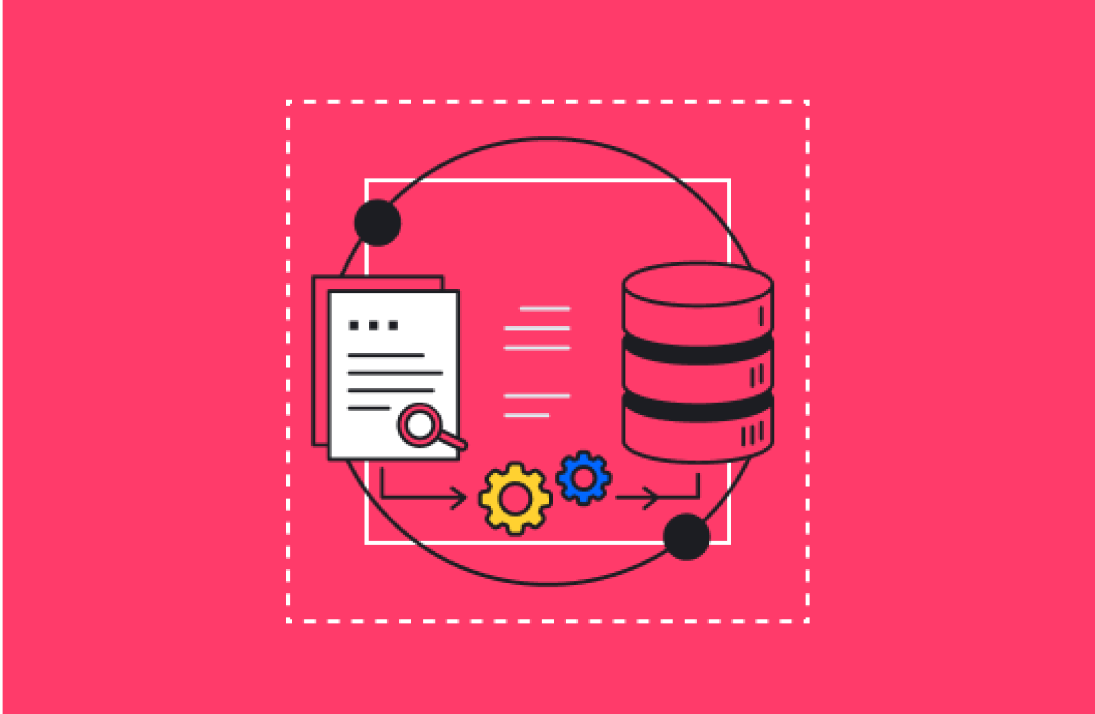It can be a challenge to integrate new software into your sales and marketing processes. Your team may need to take time to learn how the new application works. You may also need to establish how to use it alongside their other tools.
But implementing new software may be necessary. Legacy systems that are no longer being updated or that no longer suit your needs can hold your business back. Furthermore, most businesses need to update their software occasionally, anyway—especially if they are small-to-medium-sized enterprises (SMEs).
According to one survey, 84% of SMEs struggle with outdated technology. Another survey of office workers found that 68% of workers face “at least one challenge” concerning the software they use to do their jobs.
Thankfully, there are a few best practices you can rely on to make your software implementation go smoothly. Here’s what to keep in mind.
1. Align Expectations Internally and With Your SaaS Provider
You must manage your employees’ expectations from the beginning of the implementation process. A new software product may have the potential to make your employees’ lives much easier, but they must understand that there will be a period of adjustment before the full benefits of the product take effect.
Likewise, you may need to put their minds at ease if they are concerned that new types of automation could replace some of their day-to-day activities—in most cases, automation frees your employees from monotonous tasks, so they can focus on more strategic ones.
You’ll also need to manage the expectations of your internal stakeholders. They’ll expect measurable results to come from investing in a new type of software. However, they also need to understand that implementing, using, and seeing the benefits of a new software application is a process.
Many types of software can be integrated quickly into your technology stack but putting new tools to good use isn’t always as easy as flipping a switch.
Finally, it’s important to manage expectations regarding your SaaS provider. SaaS companies have an incentive to upsell their products by making bold promises. Don’t hesitate to push back on those promises by asking questions, voicing your concerns, and relaying information about your specific needs and challenges.
2. Set Clear, Objective Goals for the Project
You must set clear and objective goals for your software project. This way, you’ll be able to track progress during implementation and show those results to stakeholders.
One easy way to do this is to use the SMART Goals criteria. Here, SMART stands for specific, measurable, achievable, relevant, and time-bound.
In this context, a SMART goal might be: “Integrate the new software with our existing systems within four months.” You could also use sales and marketing metrics, such as “Increase inbound leads by 50% within six months of software implementation.”
The most important thing is that your goals are measurable and accepted by your team. This is what ensures your entire team is working toward the same objective.
According to the Project Management Institute, clear goals are necessary for the success of any type of project: “There must be a clear view of the interdependencies between the projects, the benefits, and the criteria against which success will be judged. It is necessary to establish a reasonably stable requirement baseline before any other work goes forward.”
3. Incorporate and Engage End-User Feedback
Individuals within your company are going to be using your new software day-to-day, so they deserve a say in how its implemented. You should even include your users when making decisions about what type of software to use.
Make sure your users are present during demonstrations and they have time to try out their new tools. There are a variety of inputs they can make to help you in your decision-making, some of which you may never have thought of on your own.
For example, some of your team members may like an application’s functionality, but they may not like the interface. Others may enjoy one type of software because it’s intuitive and easy to use, while others won’t like it because it doesn’t offer the same capabilities as another product.
During the implementation process, end-users may have ideas about how best they can learn new software. They may also have insights into how long the entire project should take and how long it will take them to train on the new software.
4. Document Unexpected Bugs and Set a Timeframe for Resolution
No project is completely free of problems, so expect to encounter some during your journey. Create a formal method of documentation so that every unexpected bug is accounted for. Then, create a formal method for resolving those issues.
Often, you can resolve bugs relatively quickly by focusing on them in sprints. Your SaaS company should also be able to offer insights based on their experiences with other clients.
This will help to ensure your team is ready to start generating value when your new implementation launches. The more bugs you take care of during the implementation process, the fewer you’ll run into later when your software is supposed to be delivering results.
5. Review Completed Objectives, Measure Value, and Set Additional Plans
Once your new software is fully implemented, review your completed objectives. This will help you establish a baseline for future planning. It’s also a helpful way to demonstrate to your team and your stakeholders just how far you’ve come in the implementation process.
With your software running, you’ll also be able to measure its value. This is when you’ll be able to determine if the promises offered by your SaaS company stand true. If you find that your solution isn’t delivering the value you need, go back to your SaaS company to find a resolution.
Finally, you can start setting additional plans for your company and your new technology. New software may open new opportunities, allowing you to deliver new capabilities to your clients or more value to your company. If you’re satisfied with your product, you may want to consider additional implementations from the same SaaS company or others.
Are you considering a new software solution? Talk to us today to find out how we can help you implement it.






